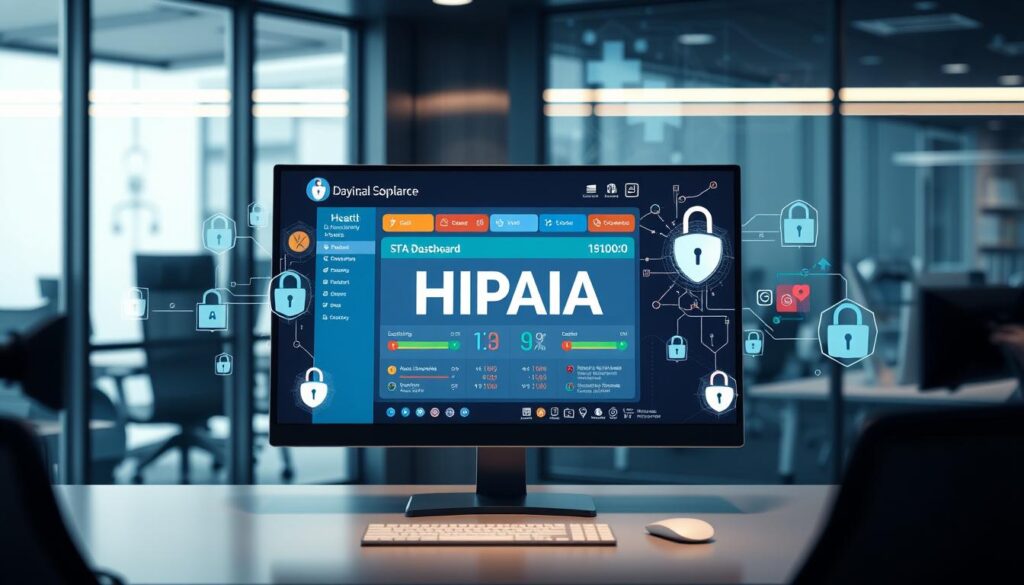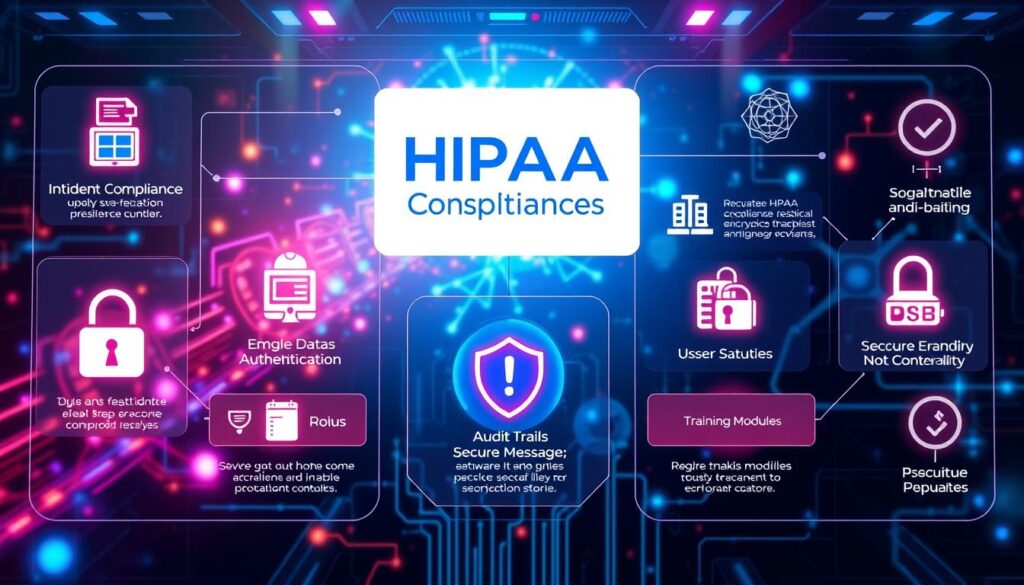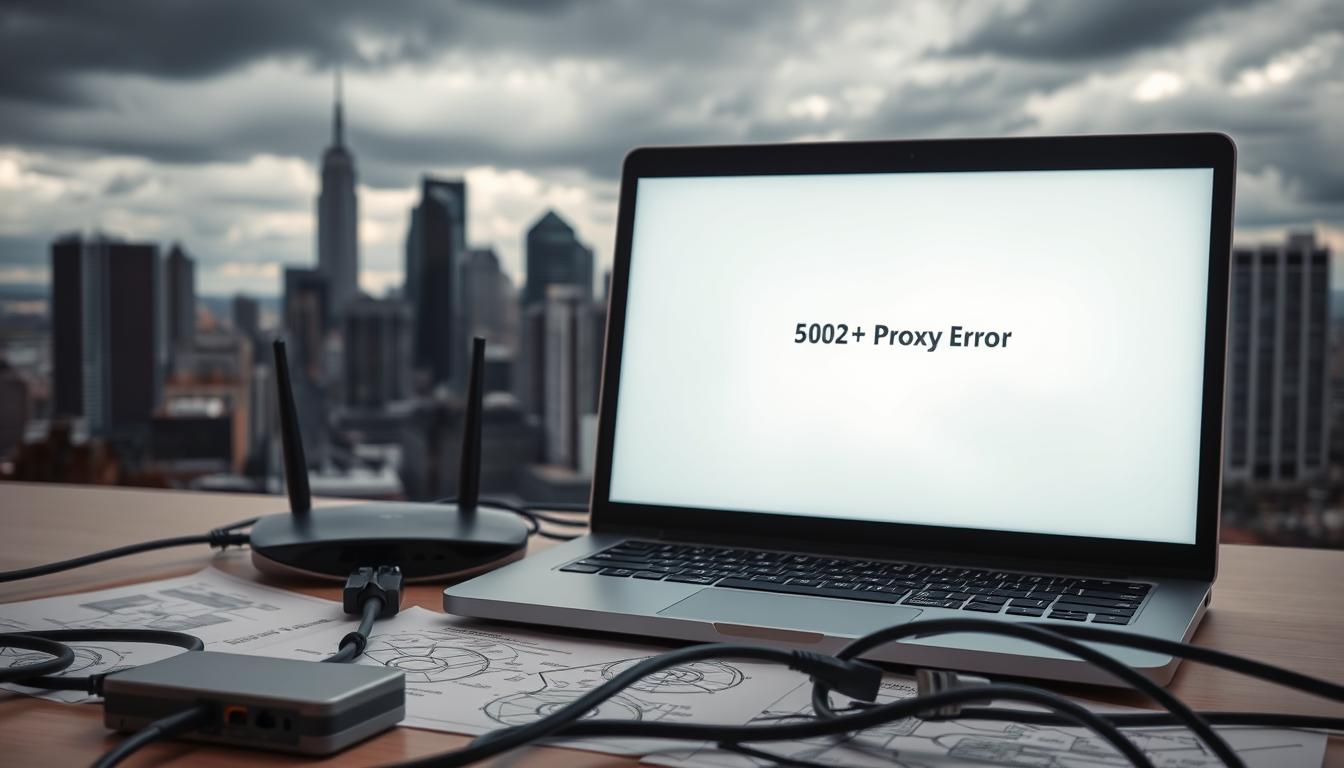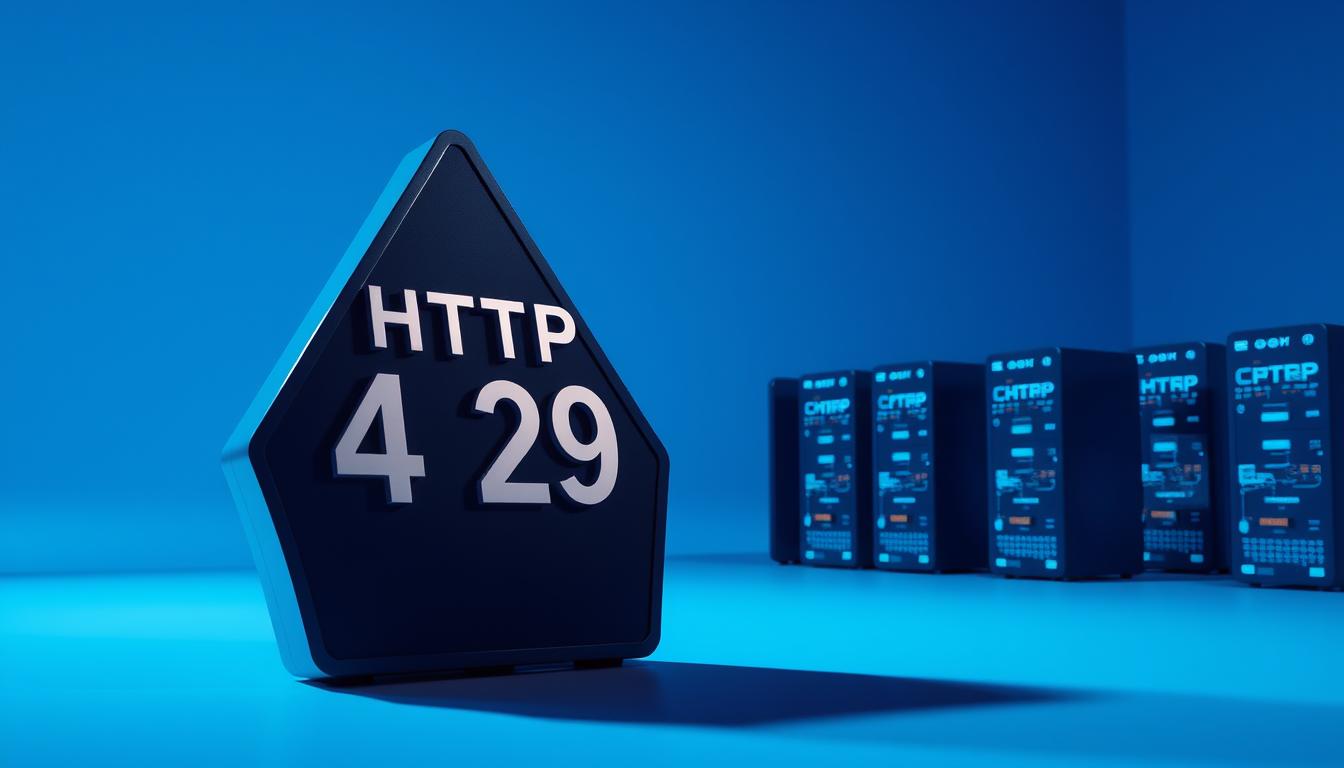FTC disclaimer: This post contains affiliate links and I will be compensated if you make a purchase after clicking on my link.
The healthcare industry has faced the most data breaches for 12 years. This makes healthcare data security and protected health information (PHI) security very important. HIPAA compliance software is key for healthcare groups to follow strict privacy and security rules.
It helps prevent data breaches and stops unauthorized PHI sharing. But, which HIPAA compliance solutions are the best? Let’s look at the top 10 for safe healthcare business operations.
Key Takeaways
- The healthcare industry has been the top target for data breaches for over a decade, underscoring the need for robust HIPAA compliance.
- HIPAA compliance software helps healthcare providers and organizations implement guidelines to prevent data breaches and unauthorized PHI disclosure.
- These solutions often include features like data encryption, user authentication, audit trails, and reporting tools to ensure HIPAA compliance.
- Choosing the right HIPAA compliance software can significantly reduce the risk of legal repercussions and enhance patient trust.
- Integrating HIPAA compliance software with existing systems and providing comprehensive staff training are crucial for successful implementation.
What is HIPAA Compliance Software?
HIPAA (Health Insurance Portability and Accountability Act) of 1996 protects patients’ medical info. It stops unauthorized sharing of personal health data. HIPAA compliance software helps healthcare groups manage patient info safely and follow the law.
Overview of HIPAA
HIPAA sets rules for healthcare providers and insurance companies. It ensures the privacy and safety of electronic health info. The law includes the Privacy Rule, Security Rule, and Breach Notification Rule.
Importance of Compliance Software
HIPAA compliance software is key for healthcare groups. It keeps patient data safe and helps follow the law. It also offers reports and audits to show compliance.
Some software only covers parts of HIPAA. But, Compliancy Group offers a full package. It includes guides, tips, and a portal for employees to access info.
Compliancy Group’s Trust Badge shows users are trying to follow HIPAA. It can be shown on websites and emails. This builds trust with patients.

Between 2009 and 2021, 95% of U.S. PHI was shared. This shows the need for strong HIPAA software. A survey found 60% of groups doubt their audit readiness. This shows the value of using HIPAA tools.
Using HIPAA software helps manage compliance. It finds and fixes security issues. It also automates reports and lowers costs. This protects HIPAA risk assessment tools and electronic medical records compliance.
Key Features to Look for in HIPAA Compliance Software
When picking HIPAA compliance software, focus on features that keep patient data safe. They should also make following rules easier for your team. Here are important things to look for:
Data Encryption
Strong data encryption is key for safe HIPAA cloud storage. Look for software that uses AES-256 encryption. This keeps your patients’ health info safe.
Audit Trails
Audit trails are vital for managing HIPAA audits. The software should track who accesses patient records. This helps with reports and investigations.
User Authentication
Good user authentication is important. It should include multi-factor authentication and access controls. This ensures only the right people see sensitive data.
Reporting Tools
Having strong reporting tools is crucial. The software should have clear dashboards and reports. These help track your compliance and find issues.
Focus on these features to make sure your software protects patient data. It should also help you follow rules and stay compliant.

Top 10 HIPAA Compliance Software Options
In the healthcare world, following the Health Insurance Portability and Accountability Act (HIPAA) is key. This is because of the sensitive patient info handled by many. To help, many HIPAA compliance software solutions exist. They meet the needs of healthcare providers, insurers, and more. Here are 10 top HIPAA compliance software options to look at:
Compliancy Group
HIPAA One
LogicManager
SecureLink
Compliancy Group has a full HIPAA compliance package. It includes training, ongoing checks, and expert help. Its dashboard shows your compliance status clearly. It also has templates and collects evidence automatically.
HIPAA One is a cloud-based tool for checking, fixing, and watching HIPAA rules. It’s easy to use and has strong reporting tools. This makes it simpler to follow rules and show proof to auditors.
LogicManager is a GRC platform with HIPAA modules. It has tools for risk checks, managing vendors, and gathering evidence. All these help make following rules easier.
SecureLink is great for secure access to systems. It’s perfect for healthcare groups needing to give third-party vendors access. It keeps patient data safe with strong controls and audit trails.
These are some of the best HIPAA compliance software options. Each offers special features and benefits for healthcare data security. By looking at your specific needs, you can pick the best HIPAA compliance software for your healthcare data security goals.

Understanding Pricing Models for HIPAA Compliance Software
Healthcare groups face different costs for HIPAA software. Prices range from monthly fees to one-time payments. Knowing these costs helps fit your budget and needs.
Subscription vs. One-Time Fees
Software can be bought on a subscription or a one-time basis. Subscriptions let you adjust as your needs change. One-time fees might be cheaper if you’re sure about using the software long-term.
Factors Affecting Pricing
Many things affect software cost. These include your organization’s size, user numbers, and needed features. Larger groups might pay more for complex solutions. Smaller ones could find cheaper options.
Hidden Costs to Consider
There are extra costs beyond the software’s price. These include setup fees, training, and extra module costs. Make sure to include these in your budget to avoid surprises.

“Investing in HIPAA compliance software is a critical step for healthcare organizations to protect patient data and avoid costly fines. By understanding the pricing models and hidden costs, you can make an informed decision that aligns with your healthcare IT budgeting.”
Benefits of Using HIPAA Compliance Software
HIPAA compliance software helps healthcare groups keep patient data safe. It makes following HIPAA rules easier. This means better work flow, less chance of data loss, and more trust from patients.
Increased Efficiency
HIPAA software does tasks like managing access and making reports automatically. This lets healthcare workers spend more time on patient care. It also keeps data safe.
Reduced Risk of Breaches
It has strong security like encryption and monitoring. This cuts down the risk of data leaks. It also keeps your organization safe from big fines and bad reputation.
Enhanced Patient Trust
Patients want their health info to be safe. Using HIPAA software shows you care about their data. This makes patients trust you more.
Adding HIPAA software to your IT can make things run smoother. It makes data safer and builds trust with patients. Using these tools helps keep your organization in line with HIPAA rules and protects patient data well.
Common Challenges in Achieving HIPAA Compliance
Keeping up with HIPAA rules in healthcare is tough. One big problem is training employees. It’s key to teach all staff about HIPAA to avoid data breaches and rule breaks.
Another big challenge is keeping up with changing rules. HIPAA updates often, and providers must watch these changes closely. Not doing so can cause big fines and harm to reputation.
Employee Training
Good employee training is vital for HIPAA. Healthcare groups need to offer regular training. This teaches staff about protecting patient data and the risks of not following rules.
Training should fit each employee’s job. This way, everyone knows their role in keeping data safe.
Keeping Up with Regulations
The healthcare world is full of rules, like HIPAA and GDPR. Keeping track of these rules is hard. To stay compliant, groups must always check for updates, update their rules, and make sure their tech meets new standards.
Dealing with HIPAA challenges is key for healthcare to keep patient data safe. It helps avoid big fines and keeps trust with the community. With good training and staying current on rules, groups can handle HIPAA well and provide safe care.
Integrating HIPAA Compliance Software with Existing Systems
It’s key to link HIPAA-compliant software with your current healthcare IT setup. This ensures smooth operations and keeps patient data safe. It’s important for the software to work well with electronic health records (EHR), practice management systems, and other health tech.
Importance of Compatibility
When picking HIPAA compliance software, make sure it fits with your current systems. If it doesn’t, you might face data problems, slow workflows, and higher risks of data leaks. A good choice should easily connect with your systems, keeping data safe, making processes smoother, and improving overall IT integration.
Steps for Successful Integration
- Check your current healthcare IT systems: Know the software, platforms, and setup the HIPAA solution needs to work with.
- Choose software that fits: Look at HIPAA options to make sure they work with your systems. This avoids complicated fixes or custom work.
- Plan the integration: Make a detailed plan for how to link the systems. This includes mapping data, setting up user access, and testing steps for a smooth switch.
- Test well: Do lots of testing to check the software works right, keeps data safe, and is secure in your IT setup.
- Train your staff: Teach your team how to use the new system. Focus on security rules and best practices for staying HIPAA compliant.
With careful planning and execution, you can improve healthcare IT integration and HIPAA-compliant system integration. This protects patient data and keeps your healthcare organization running smoothly.
How to Choose the Right HIPAA Compliance Software
Choosing the right HIPAA compliance software is key for healthcare groups to protect patient data. It also helps them follow the rules. When looking at healthcare IT solutions, there are important things to think about.
Assessing Your Organization’s Needs
First, figure out what your organization needs. Think about how big your healthcare practice is, what services you offer, and your current IT setup. This helps you know what features and functions are most important for you.
Reading User Reviews
Read user reviews and case studies to learn about different HIPAA compliance software. This gives you insights into how well the software works in real healthcare settings. It also shows how good the customer support is.
Make sure the software provider is ready to sign a Business Associate Agreement (BAA). They should also have strong security features. These include data encryption, audit trails, and user authentication. This ensures patient information stays safe.
By looking at your organization’s needs and reading user reviews, you can pick the right HIPAA software. It will meet your healthcare IT needs and help you follow the latest rules.
“The healthcare compliance software market offers various solutions to meet the diverse needs of healthcare organizations.”
The Role of Training in Using Compliance Software
Training is key for using HIPAA compliance software well. Healthcare groups must teach their staff about HIPAA rules and how to use the software. They also need to learn how to keep patient data safe.
Importance of Staff Education
Teaching staff about HIPAA is very important. They need to know about the Privacy Rule, Security Rule, and more. This helps them handle Protected Health Information (PHI) correctly.
Ongoing Training Resources
- Many HIPAA-compliant software solutions offer training and educational resources. This keeps staff updated on compliance and software changes.
- Regular training is key to keep employees informed about new rules and practices.
- How often to train depends on the organization’s size, employee roles, and regulatory changes.
Investing in good HIPAA staff training is important. It helps healthcare groups follow HIPAA rules well.
“Training frequency depends on factors such as organization size, employees’ roles, and any regulatory changes.”
| HIPAA Training Recommendations | Benefits |
|---|---|
| Annual HIPAA compliance training for all employees | Ensures staff are up-to-date with latest regulations and best practices |
| Ongoing support and guidance from HIPAA experts | Helps organizations stay compliant with evolving HIPAA requirements |
| Tailored training programs for different employee roles | Focuses on specific responsibilities and access levels to PHI |
By combining good HIPAA staff training with compliance software, healthcare groups can lower security breaches. They can keep patient data safe and create a culture of following HIPAA rules.
Conclusion: The Future of HIPAA Compliance Software
The healthcare world is changing fast. This change will shape the future of HIPAA compliance software. The future of healthcare compliance and HIPAA technology trends show a move towards better and more automated ways to protect patient data.
Trends to Watch
New tech like artificial intelligence (AI) and machine learning (ML) will change HIPAA compliance. These tools will help find and fix threats quickly. This means better safety for patient data.
Blockchain technology could make data even safer. It helps keep records safe and trackable. Also, telehealth and remote patient monitoring will shape HIPAA solutions. They help deal with new privacy and security issues online.
The Impact of Technology on Compliance
New tech in HIPAA software will make things easier and safer. It will help watch and report on compliance better. It will also offer stronger ways to protect data and keep it safe.
As HIPAA rules get more complex, new tech will be key. It will help keep patient info safe and sound.
“The future of HIPAA compliance software will be defined by the seamless integration of emerging technologies, empowering healthcare organizations to safeguard patient data with greater efficiency and resilience.”
Additional Resources for HIPAA Compliance
Getting and keeping HIPAA compliance is hard for healthcare groups. But, many resources can help. You can find official sites, industry groups, and learning materials. These tools offer insights, best ways to do things, and updates on HIPAA rules.
Websites and Communities
The U.S. Department of Health and Human Services (HHS) website is key for HIPAA info. It has guidance, rules, and actions. Also, groups like HIMSS and AHIMA have HIPAA resources, forums, and places to meet others.
Books and Online Courses
For a deeper look at HIPAA, check out books or online classes. These teach about data safety, risk checks, and making policies. They help your team understand HIPAA better. Using these resources can make your data security stronger and keep your group in line with HIPAA.








